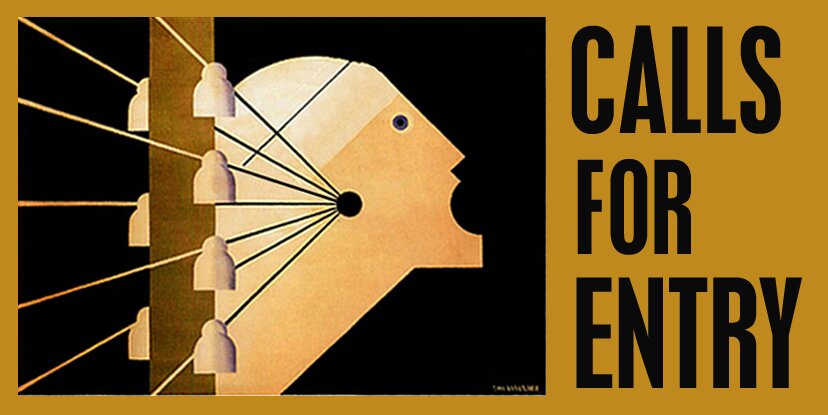Digital Arts: California offers artists—as well as art curators, collectors and patrons—a unique new showcase. While most art shows are internet-only or gallery-only, Digital Arts: California holds international, juried exhibits that are both. Works selected as finalists are shown in online galleries, each devoted to one specific artist, and works that receive top awards are also exhibited in a physical, “brick-and-mortar” gallery. Artists may offer their work for sale in both venues, or they may use their solo online gallery purely as a showcase for their juried works.
The Internet Challenge for Artists and Collectors
As artists marketing their work well know, the Internet has become both a blessing and a curse. While it has provided unprecedented exposure, it also has attracted a huge volume of artwork, especially by emerging artists, who find it harder and harder to get noticed. This volume has also made it harder for patrons and collectors, who now view much work without the guidance of, or selection by, curators and jurors. Digital Arts: California has been created to help meet these challenges.
On its website, designed to elegantly display artwork, Digital Arts: California presents an artist’s or a photographer’s works in a solo gallery, further setting apart work already distinguished by the jurying process. And, to complement this online presence, selected works are also presented in a physical gallery in Los Angeles, San Diego, or another art center in California. In a traditional gallery setting in one of these art venues, work is seen by art patrons and collectors, as well as curators from museums and other galleries.
Defining Digital Art
Digital Arts: California uses a broad definition of digital art: any work whose creation or presentation involves a digital process that enhances the work. Works so defined might, for instance, include representational photographs taken with a digital camera and enhanced, using the HDR process. Other examples might include a fractal image that expresses a complex mathematical equation in visual form, an illustration drawn on an electronic tablet, and a “glitch” work, comprised of digital errors. More traditional artists might do digital painting, while an avant-garde digital artist might do “generative” art, using computer software algorithms. Digital art is nothing if not exciting and wildly innovative.
At this time, Digital Arts: California puts only two limitations on submitted works: they must be two-dimensional, still images.
Website Features To Come
Plans to expand Digital Arts: California are already in the works. Currently, art in a juried exhibit remains online—presented in solo artist galleries—for six months as an archived exhibit. Soon, permanent solo artist galleries will be created—these will be cumulative showcases of all works by an artist that have appeared in juried Digital Arts: California exhibits. In these galleries, art patrons, curators, and collectors will be able to view work distinguished by jurying.
Another feature is also in the works: occasional non-juried exhibits on “fun” subjects that will showcase all works entered. These online exhibits will be held in addition to the regularly scheduled, more serious juried exhibits and will act as fundraisers for Digital Arts: California.
About the Directors of Digital Arts: California
Founder/Director Virginia Christensen has a long history editing and publishing books on art, photography, and design. She is, herself, an accomplished photographer.
She founded Design Press International, which developed and co-published professional design books. Prior to that, she served as Executive Editor of PBC international, a worldwide publisher of books on graphic, interior, and merchandizing design.
Virginia also worked as an Editor for the American Photographic Book Publishing Company (Amphoto), which published both technical and fine-arts photography books. There, she served as Associate Editor of the 14-volume Kodak Encyclopedia of Practical Photography, a nominee for the prestigious Carey-Thomas Award.
She has also edited books on art and design for England’s Quarto Publishers and the American publishers Rockport and Watson Guptill.
Her goal, in creating Digital Arts: California, is to connect digital artists with art curators, patrons and collectors by establishing venues—both online and in physical galleries—that present, on an ongoing basis, some of the finest, juried digital art from around the world.
Exhibit Director Glen Christensen was, for many years, a major figure in graphic design in the music industry, where he worked as Art Director for Buddah Records, Elektra/Asylum Records, and 20th Century Fox Records. He was twice nominated for a Grammy Award for Best Album Package: for the Carly Simon album Playing Possum and the Joni Mitchell album Hejira.
Glen later founded Glen Christensen Design on Hollywood’s Sunset Strip, where he continued to provide creative design for the entertainment industry, as well as for nonprofit organizations, including the California Community Foundation.

